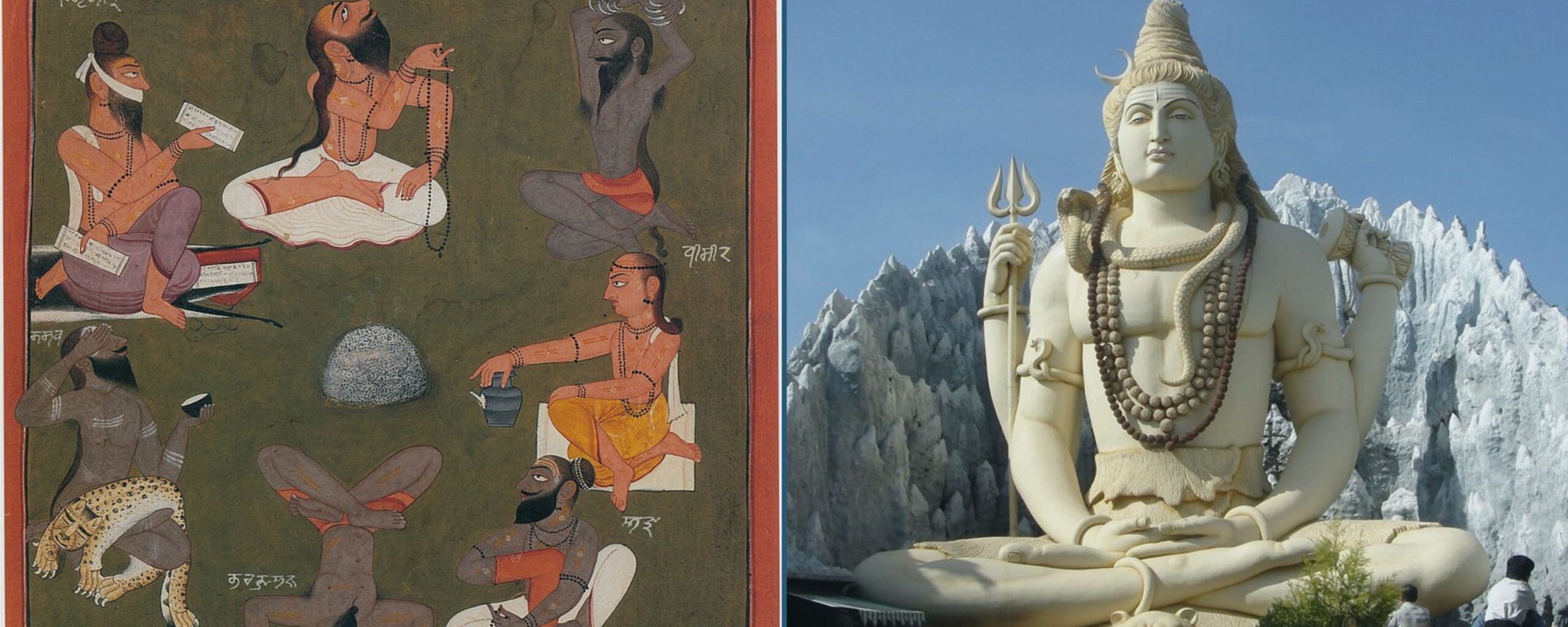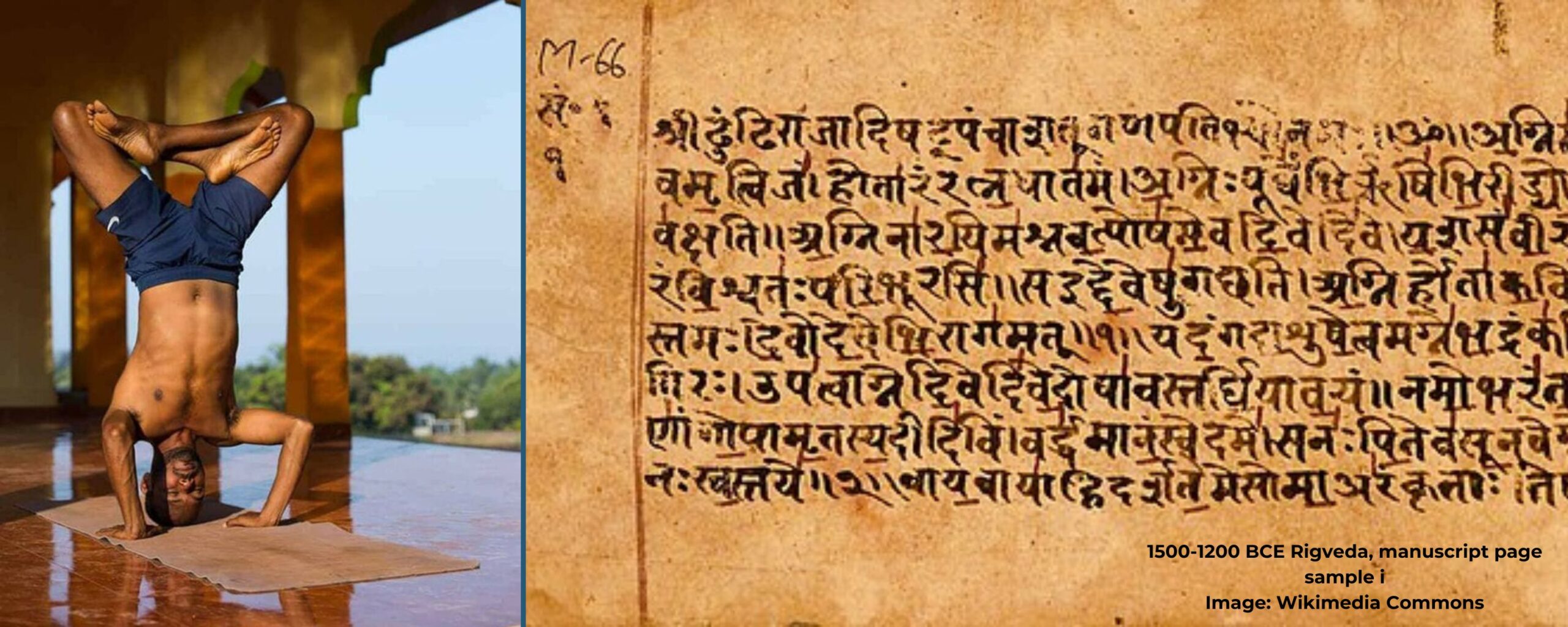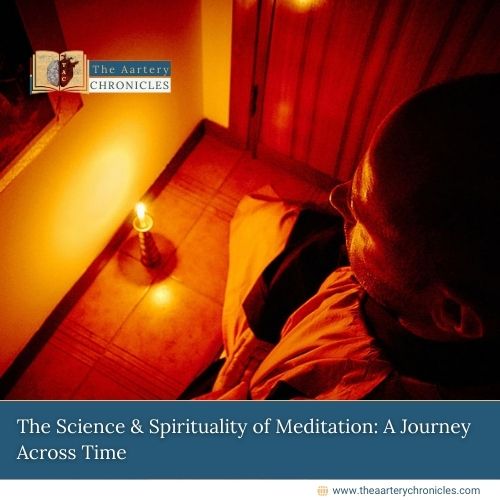

From India’s Spiritual Depths: The Eternal Legacy of Yoga
What is Yoga?
Yoga, a practice deeply rooted in Indian culture, is an ancient discipline that aims to unite the mind, body, and spirit. Originating thousands of years ago, the word “yoga” itself is derived from the Sanskrit word “yuj,” which means “to unite.” This union is achieved through a combination of physical postures (asanas), breath control (pranayama), and meditation.
Historical Journey Of Yoga
The historical journey of yoga began with its earliest evidence found in the carvings at the archaeological site of Mohenjo-Daro in the Indus Valley, dating back between 2,500 and 5,000 years ago. Over the centuries, yoga evolved through the contributions of various stages and scholars, most notably Sage Patanjali, who is often referred to as the father of yoga. He compiled the “Yoga Sutras,” a collection of aphorisms that form the foundation of Raja yoga, focusing on mental discipline and meditation.
During the 10th century C.E., the development of Tantra yoga introduced the concept of Kundalini energy, while Hatha yoga, emerging between the 10th and 12th centuries C.E., emphasized physical postures and breath control. The modern era of yoga has seen a blend of these ancient practices, with an increasing focus on their health benefits.
In India, yoga has been integrated into the healthcare system through various models and institutions, including the National Institute of Mental Health and Neurosciences (NIMHANS). This integration aims to harness the therapeutic benefits of yoga for physical and mental health, contributing to a holistic approach to well-being.
Origins and Ancient Practices of Yoga
Divine Origins
Yoga has its roots in ancient India, dating back over 5,000 years.
- Yoga was first mentioned in the Rig Veda, one of the world’s oldest sacred writings.
- The word “yoga” comes from the Sanskrit word “Yuj,” meaning union, symbolizing the integration of mind, body, and spirit.
According to legend, yoga was first introduced by Lord Shiva, known as Adinatha, the first yogi. He passed this knowledge to his consort, Parvati, who in turn shared it with humanity through Nandi, Shiva’s mount.
The Saptarishis (Seven Sages)
The sacred knowledge of yoga was further disseminated by the Saptarishis, the seven sages, who recorded these teachings in the Upanishads. These texts form a significant part of the Vedic tradition, encapsulating various philosophical and meditative practices.
The Vedas and Upanishads
The Vedas, composed between 1500 and 500 BCE, are a collection of hymns and rituals that lay the foundation for many spiritual practices, including yoga. The Upanishads, a series of over 2000 philosophical texts, delve deeper into the spiritual aspects of yoga, emphasizing the unity of the individual soul (Atman) with the universal soul (Brahman).
The Bhagavad Gita

Patanjali and the Yoga Sutras
Sage Patanjali, often regarded as the father of modern yoga, systematized yoga practices around 2500 years ago. His Yoga Sutras, a compilation of 196 aphorisms, provide a comprehensive guide to yoga philosophy and practice. Patanjali introduced the Ashtanga Yoga, or the eight-limbed path, which includes:
- Yama– Ethical disciplines
- Niyama – Personal observances
- Asana– Physical postures
- Pranayama – Breath control
- Pratyahara– Withdrawal of the senses
- Dharana – Concentration
- Dhyana– Meditation
- Samadhi – Absorption or enlightenment
Hatha Yoga
Around 1000 years ago, Hatha Yoga emerged, emphasizing physical postures (asanas) and breath control (pranayama) to prepare the body for meditation. The Hatha Yoga Pradipika, written by Swami Swatmarama, is a key text from this period, detailing various asanas and techniques to balance the body’s energies.
Yoga in Public health & Preventive medicine
Physical health benefits of Yoga
- Chronic Disease Management: Yoga helps manage and prevent chronic conditions such as cardiovascular diseases, diabetes, and obesity by improving blood glucose levels, reducing hypertension, and enhancing overall cardiovascular health.
- Immune System Support: Regular practice boosts the immune system by increasing the response of natural killer (NK) cells and T-cells, which are crucial for combating infections and reducing inflammation.
- Improved Physical Fitness: Yoga improves flexibility, strength, and balance, contributing to better musculoskeletal health and reducing the risk of injuries.
Mental and emotional health benefits of Yoga
- Stress Reduction:
- Yoga reduces the psychological and physiological impacts of stress by regulating
- Neurotransmitters
- Hormones
- Cytokines
- This is particularly beneficial during stressful times, such as the COVID-19 pandemic.
- Yoga reduces the psychological and physiological impacts of stress by regulating
- Mental Health Improvement:
- Practicing yoga help manage anxiety, depression, and fear as it increases levels of
- Serotonin
- Oxytocin
- Melatonin
- It has been shown to significantly improve mental health, reducing symptoms of anxiety and depression.
- Practicing yoga help manage anxiety, depression, and fear as it increases levels of
- Enhanced Emotional Well-being: Yoga fosters a sense of calm and relaxation, which can alleviate emotional exhaustion, depression, and burnout, particularly among healthcare professionals.

Application in Public Health
- Preventive Health Strategy: Incorporating yoga into public health initiatives can
- Reduce the burden of chronic diseases
- Improve population health outcomes
- Decrease healthcare costs
- Tele-Yoga Programs: The adaptation of yoga to virtual platforms can increase accessibility and provide a valuable tool for mental and physical health maintenance, especially during periods of social distancing or lockdowns.
- Community Resilience: Promoting yoga in communities can build resilience by enhancing overall health and well-being, and preparing populations to better handle future pandemics or health crises.
Current trends of Yoga
1. Incorporation into healthcare practices
- Personal Accountability: Yoga, along with mindfulness and meditation, is increasingly recognized for its role in promoting personal health responsibility and preventive care.
- Health Promotion: The shift from treatment-focused to prevention-oriented healthcare models highlights yoga’s potential in disease prevention and overall wellness.
2. Growing Acceptance Among Medical Professionals
- Complementary Health Approaches (CHAs): Physicians are increasingly recommending yoga as part of a holistic approach to health, particularly for chronic pain and stress management.
- Integration with Traditional Medicine: Yoga is being integrated with conventional treatments, reflecting a broader acceptance of complementary practices in clinical settings.
3. Addressing Chronic Pain and Opioid Crisis
Yoga is recognized for its potential in managing chronic pain, an area of significant concern due to the opioid crisis. The use of yoga and other complementary approaches is being explored as part of comprehensive pain management strategies.
4. Educational gaps and professional training
- Yoga Therapy Education: There is a need for better education about the diverse forms of yoga and their specific benefits. Yoga professionals are encouraged to educate healthcare providers about the therapeutic aspects of yoga.
- Yoga Therapy Certification: Programs like those offered by the International Association of Yoga Therapy (IAYT) are working to professionalize yoga therapy and bridge the gap between yoga practice and healthcare.
5. Enhanced Accessibility and Inclusivity
- Mindful Yoga: Emphasis on slow, mindful yoga practices that are accessible and adaptable for various health conditions and populations.
- Diverse Offerings: Efforts are underway to offer yoga in a variety of settings, including healthcare facilities, to cater to different needs and improve accessibility.
Conclusion
Yoga, with its ancient origins and rich historical evolution, has transcended its traditional boundaries to become a vital component of modern healthcare and public health. From its divine roots in ancient India to the contemporary integration into healthcare systems, yoga’s journey reflects its profound impact on physical, mental, and emotional well-being.
Today, yoga is increasingly recognized for its role in preventive medicine and health promotion. Its benefits in managing chronic diseases, supporting mental health, and enhancing overall quality of life highlight its value in both individual and public health contexts. The growing acceptance among medical professionals and the integration of yoga into conventional healthcare practices underscore a shift towards a more holistic approach to wellness.
As the field of yoga continues to evolve, addressing educational gaps and enhancing accessibility will be crucial for maximizing its potential. The emphasis on mindful practices and the development of specialized yoga therapies promise to further enrich the landscape of healthcare. By bridging the gap between traditional practices and modern medical approaches, yoga stands poised to make a significant contribution to global health and well-being.









